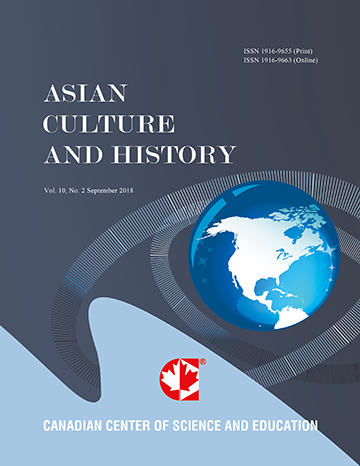Bioarchaeological Analysis Mutual Relations of Populations Armenian Highlands and Eurasia Using Craniological and Dental Nonmetric Traits
- Anahit Khudaverdyan
Abstract
Undertaken here is a multidimensional craniometric analysis of more than 254 ethnic groups of the Neolithic and Bronze Ages from the territory of Eurasia. On the basis of the received information, cluster analysis was done and has shown the genetic condensations of ethnoses and vectors of relatives or, conversely, distinctions between them. Craniometric and odontologic investigation of the Bronze Age is interesting and in connection with discussion about the origin of Indo-Europeans and about the place of their ancestral home. Different aspects of the problem of the ancestral home of Indo-Europeans are far from completely resolved and generate lively debate in the pages of scientific publications. New anthropological data allowed identification of alien Mediterranean characteristics influencing various ethnic Eurasian groups and revealed evidence of a migratory stream from the Armenian highlands and the Caucasus. This research provided new evidence of patterns of ethnic contact and intermixture in Western Eurasia.- Full Text:
 PDF
PDF
- DOI:10.5539/ach.v4n2p48
Journal Metrics
Google-based Impact Factor (2017): 5.42
h-index (January 2018): 11
i10-index (January 2018): 21
h5-index (January 2018): 6
h5-median (January 2018): 9
Index
- Academic Journals Database
- CNKI Scholar
- COPAC
- EconPapers
- Elektronische Zeitschriftenbibliothek (EZB)
- Excellence in Research for Australia (ERA)
- Genamics JournalSeek
- Google Scholar
- Infotrieve
- LOCKSS
- MIAR
- NewJour
- Open J-Gate
- PKP Open Archives Harvester
- Publons
- RePEc
- Scilit
- SHERPA/RoMEO
- Standard Periodical Directory
- Technische Informationsbibliothek (TIB)
- The Keepers Registry
- Universe Digital Library
- WorldCat
Contact
- Ivan YongEditorial Assistant
- ach@ccsenet.org
